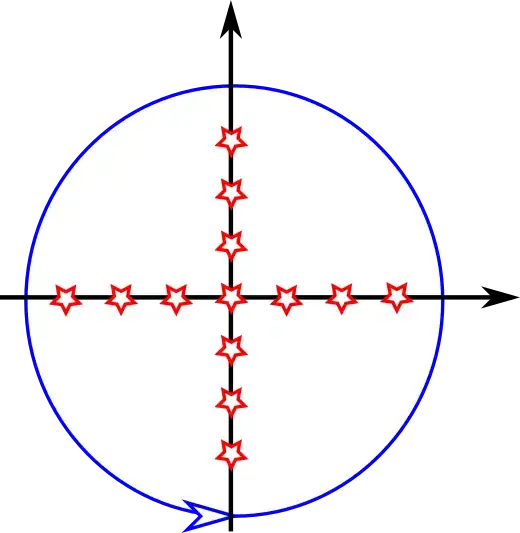Title says it all.
Well, maybe some backstory.
Flipping through my past notebooks, I found this:
$$ \vdots $$ $$= \sum^\infty_{k=0} \frac{2(-1)^k}{(2k+1)\pi\cosh[(2k+1)\pi/2]}\\=\frac14\quad(?)$$
[end of page]
Ah, yes. My engineering numerical analysis professor gave me one homework problem:
Make a contour plot of the steady-state temperature distribution of a square plate, with the temperature of one of its side maintained at $1$ unit, the other three sides maintained at $0$ units.
Steady-state temperature distribution $T$ follows $\nabla^2T=0$.
I was calculating the temperature of the center of the plate analytically to sanity-check my program output, when I encountered this weird-looking sum. I remember I made a spreadsheet to numerically evaluate the sum, and Excel said 0.2500000... So I jot down $\frac14$ with a question mark beside it. The next page is filled with my fruitless attempts to find out the exact sum, to convince myself that the sum is exactly $1/4$.
I posted a bounty on my social media accounts, whoever can show the proof (or disproof) gets free beer.
After a few days, the bounty was still unclaimed, but I realized, "duuuuuhhhh! I could just exploit the symmetry. If I rotate the plate $90^\circ$ three times and superpose all the temperature distribution with the original one, temperature is $1$ unit everywhere. By linearity and symmetry, the temperature of the center point is therefore $1/4$."
I treated myself a few rounds of beer, and moved on. Case closed.
Looking again at this, I now realize that I might be missing out on some summation tactics I never knew.
Anybody can show me how is this equal to $1/4$ just by algebraic manipulation?
